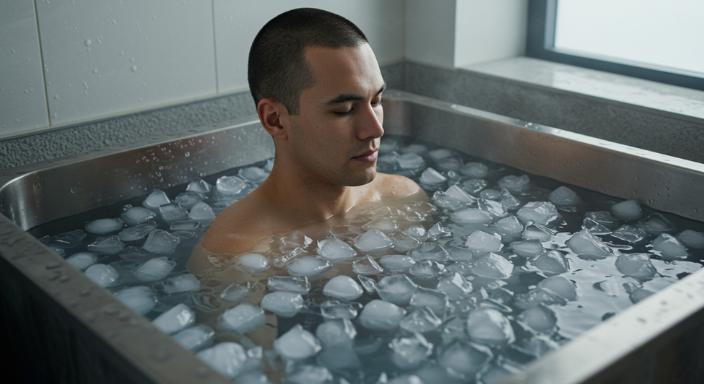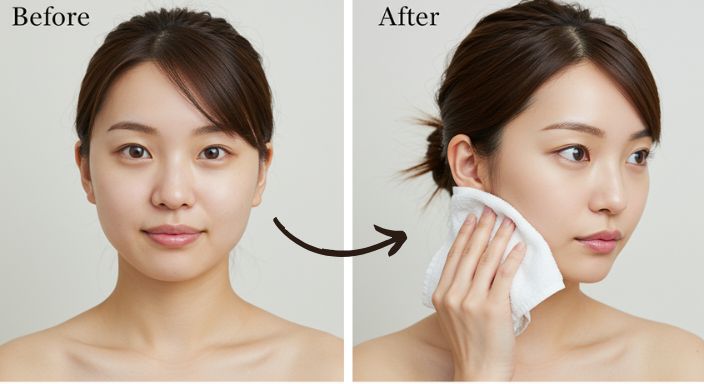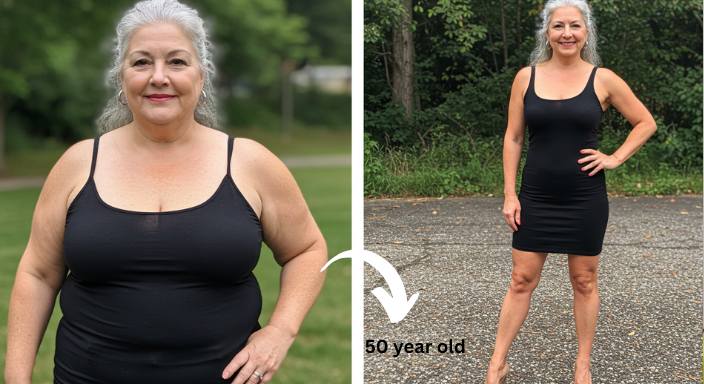Ice Bath: Benefits, Side Effects Good for look young & Mental Health

An ice bath, or cold water immersion, is a popular recovery method for easing muscle soreness and speeding up recovery. Many athletes swear by it, and it’s also known to benefit skin and overall health. But is it safe for everyone? Let’s dive into the pros, cons, and expert advice.
Benefits
Ice baths offer several health advantages, including:
Reduces Muscle Soreness
- Cold water helps decrease inflammation, making it popular among athletes for faster muscle recovery.
Boosts Circulation
- The cold causes blood vessels to constrict and then reopen, improving blood flow.
Enhances Mental Resilience
- Regular exposure to cold water can train the mind to handle stress better.
Improves Sleep
- Cold therapy can lower stress hormones, helping you sleep more deeply.
Supports Immunity
- Some studies suggest that cold exposure may strengthen the immune system.
Side Effects
While ice baths offer benefits, they may not be suitable for everyone. Possible risks include:
Hypothermia
- Prolonged exposure can dangerously lower body temperature.
Heart Strain
- A sudden cold can increase heart rate and blood pressure, which may be risky for people with heart conditions.
Nerve Damage
- Extreme cold exposure for too long may lead to numbness or nerve issues.
Shock Reaction
- Cold water can trigger breathing difficulties, especially for first-timers.
Ice Bath Benefits for Skin
Cold water can positively impact the skin in several ways:
Reduces Puffiness
- Chilly temperatures tighten blood vessels, helping to minimize swelling and puffiness.
Tightens Pores
- Helps minimize the appearance of pores and makes skin look smoother.
Prevents Acne
- Reduces inflammation and oil production, which may help with breakouts.
Boosts Skin Glow
- Improves blood circulation, leading to healthier, glowing skin.
Ice Bath Benefits for Body
Beyond muscle recovery, ice baths can provide overall health benefits:
Aids Weight Loss
- Exposure to cold may increase metabolism as the body works harder to stay warm.
Reduces Joint Pain
- Helps relieve joint pain and arthritis discomfort.
Enhances Mood
- Cold exposure triggers endorphin release, which can improve mood and reduce stress.
Boosts Energy
- A cold plunge can leave you feeling more awake and refreshed.
What Do Doctors Say About Ice Baths?
Medical professionals have mixed opinions about ice baths:
Some doctors support them
- They acknowledge the benefits of reduced inflammation, improved circulation, and mental resilience.
Some doctors warn against risks
- They advise people with heart conditions, high blood pressure, or nerve issues to avoid ice baths.
Experts recommend moderation
- Ice baths should be done safely and for a limited time to prevent complications.
When and How Long Should You Take an Ice Bath?
Best Time:
After intense exercise or in the morning for an energy boost.
Duration:
- Beginners – Start with 2-5 minutes.
- Regular Users – 10-15 minutes max.
- Older Adults – No more than 5 minutes, as sensitivity to cold increases with age.






